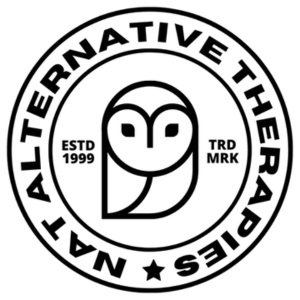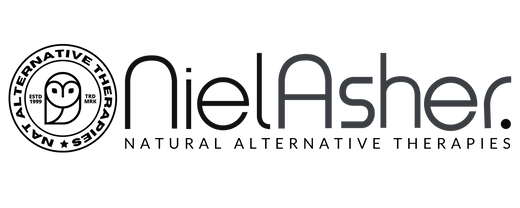The Psoas Muscle and Back Pain: Understanding the Connection

The Psoas Muscle and Back Pain: Understanding the Connection
The human body is a marvel of interconnected systems, and sometimes, discomfort or pain in one area can be the result of issues in a completely different location. One such relationship exists between the psoas muscle and back pain.
What is the Psoas Muscle?
The psoas major is a long, fusiform muscle located on the side of the lumbar region of the vertebral column and brim of the lesser pelvis. It is responsible for hip flexion and moving the leg forward when walking or running. Importantly, the psoas muscle also plays a critical role in maintaining an upright posture and stabilizing the spine.
The Psoas Muscle and Back Pain
Due to its pivotal position linking the lumbar spine to the lower body, an imbalanced or tight psoas muscle can lead to various complications:
-
Postural Issues: A tight psoas can cause excessive anterior pelvic tilt, which in turn can lead to hyperlordosis (an exaggerated inward curve) of the lumbar spine, leading to lower back pain.
-
Decreased Mobility: When the psoas muscle is tight or imbalanced, it can reduce hip joint mobility, which can strain the lower back, especially during activities that require hip flexibility.
-
Increased Lumbar Disc Pressure: A dysfunctional psoas muscle can lead to increased pressure on the lumbar discs, which can cause or exacerbate pain.
Trigger Points and the Psoas Muscle
A trigger point is a hyperirritable spot in skeletal muscle that is associated with a hypersensitive palpable nodule in a taut band. The psoas muscle, given its deep location and functional importance, can develop these trigger points, leading to referred pain patterns. This means that a trigger point in the psoas muscle might lead to pain sensations in other areas of the body, such as the lower back.
Treating Trigger Points in the Psoas Muscle
Treating trigger points in the psoas is a topic of debate among professionals. Here's why:
-
Deep Location: The psoas muscle lies deep within the abdomen, making it hard to access. Applying pressure can be uncomfortable and sometimes risky, especially without expert guidance.
-
Risk of Damage: Given the psoas muscle's proximity to vital organs and major blood vessels, there's a risk of damage if trigger point release is attempted without proper expertise.
-
Alternative Methods: While direct trigger point therapy might be controversial, there are other methods to address tightness in the psoas muscle. Gentle stretching, yoga poses targeting the hip flexors, and heat therapy can help relax the muscle and alleviate related back pain.
The Verdict
While it's clear that there's a strong relationship between the psoas muscle and back pain, treating it directly through trigger point therapy requires caution. If you suspect your back pain is related to your psoas muscle, it's crucial to consult with a trained professional who can guide you through safe and effective treatment options.
Remember, every individual's body is unique, and what works for one person might not work for another. Always prioritize safety and personal comfort when addressing muscle imbalances and pain.
References:
- Travell, J.G., & Simons, D.G. (1983). Myofascial pain and dysfunction: The trigger point manual. Williams & Wilkins.
- Kisner, C., & Colby, L. A. (2017). Therapeutic exercise: foundations and techniques. FA Davis.

The Gold Standard in Continuing Education and Online Training
Massage Therapy, Sports Massage, Strength and Conditioning, Stretching, Mobilisation and Manipulation, Cranio-Sacral Therapy, IMS Dry Needling, Acupuncture, Acupressure, Trigger Point Therapy, IASTM, Resistance Training, Bowen Therapy, Vestibular Rehabilitation Therapy, Podiatry, Oncology Massage, Sports Nutrition, Traditional Chinese Medicine, Somatic Therapy, Prenatal Bodywork and Massage, Anatomy, Biomechanics, Clinical Reasoning, Pilates, and Yoga.



















